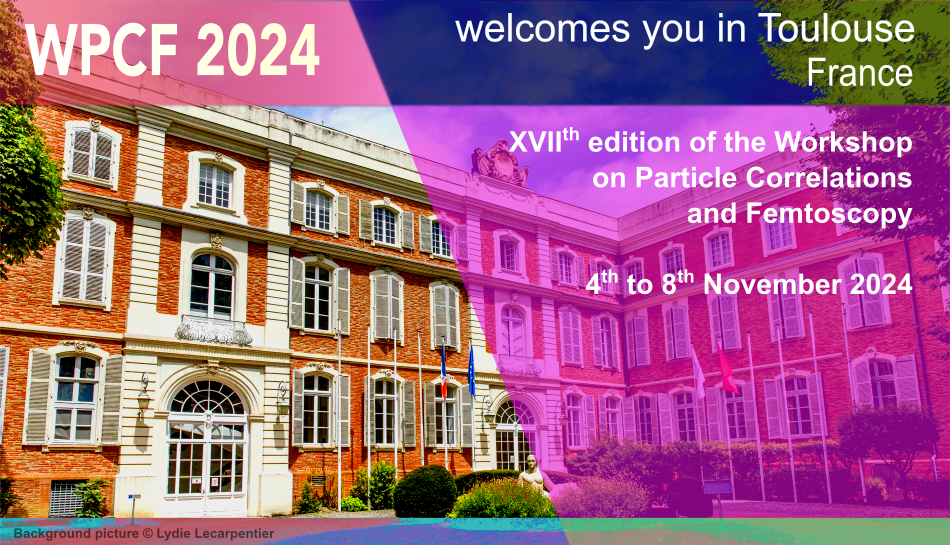Orateur
Description
The formation of light (anti)(hyper)nuclei in heavy-ion collisions and hadron collisions has been studied experimentally and theoretically for several decades. Two competing (anti)nucleosynthesis models are typically used to describe light (anti)nuclei yields and their ratios to other hadrons in heavy-ion collisions: the statistical hadronization model (SHM) and the nucleon coalescence model.
The ALICE Collaboration has significantly contributed to this specific field of research with systematic measurements of the production of (anti)(hyper)nuclei in different collision systems and center-of-mass energies provided by the Large Hadron Collider.
Recent results on the production of (anti)nuclei conducted within the ALICE Collaboration, up to A=4, are shown in this contribution. These measurements are compared to predictions from the state-of-the-art statistical hadronization and coalescence models. We show how (anti)nuclei can be used to measure both the chemical freezeout temperature and the baryon chemical potential of the system created in the collision with high precision.
Further insights into the hadronization process can be obtained by investigating the production of exotic bound states, such as hypernuclei (multi-baryon states with hyperons). The production measurements of $\mathrm{^{3}_{\Lambda} H}$ from pp to the most central Pb-Pb collisions are presented and compared to the state-of-the-art models.

